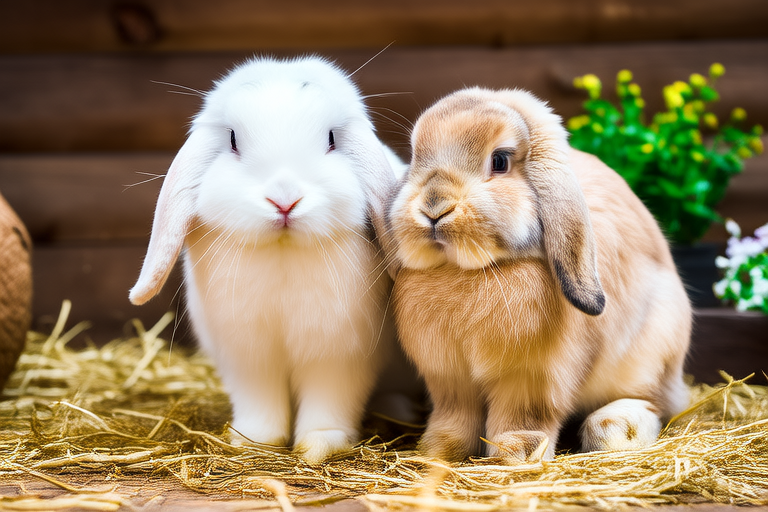Dutch Dwarf Rabbits: The Ultimate Guide for First-Time Owners
Overview of Dutch Dwarf Rabbit Breed Characteristics
The Dutch Dwarf rabbit is a popular choice among first-time owners due to its small size and friendly demeanor. This breed typically weighs between 1.8 and 2.3 kg, making it one of the smallest domesticated rabbit breeds. They have a compact, stocky body structure with short ears that stand upright. Their coats come in a variety of colors, including white with red or blue markings, which is highly distinctive.
Ideal Living Conditions and Habitat Setup
Dutch Dwarfs require a clean, spacious environment that provides them with plenty of room to move around. A wire cage measuring at least 4 feet by 2 feet by 2 feet is recommended. Ensure the cage has solid flooring to prevent injury from wire floors. Line the bottom of the cage with absorbent bedding such as hay or paper-based products. Provide a hide box for your rabbit to feel secure and comfortable. Additionally, place the cage away from direct sunlight and drafts.
Dietary Needs and Feeding Tips
The primary component of a Dutch Dwarf’s diet should be high-quality timothy hay. Fresh water must always be available. Pellets formulated specifically for dwarf rabbits can also be given but in moderation since they are calorie-dense. Offer fresh vegetables like carrots, broccoli, and spinach occasionally. Avoid feeding too many fruits or treats high in sugar, as these can lead to obesity or digestive issues.
Basic Grooming and Hygiene Practices
Regular grooming helps maintain the rabbit’s coat and prevents matting. Brush your rabbit weekly with a soft brush. Bathing should only occur when necessary, as rabbits dislike water. Check their nails every few weeks; trim them if they’re getting too long to avoid discomfort. Cleaning the litter area daily ensures good hygiene and reduces odors.
Common Health Issues and Preventive Care
Common ailments include dental problems, respiratory infections, and gastrointestinal stasis. Regular veterinary checkups help catch potential issues early. Keep vaccinations up-to-date and maintain a clean environment. Monitor your rabbit’s eating habits and behavior closely, as changes may indicate underlying health concerns.
Training and Socialization Techniques
Begin training young by introducing basic commands like ‘come’ or ‘stay’. Use positive reinforcement methods such as treats or praise. Socialize your rabbit gradually with humans and other animals to ensure they become well-adjusted companions. Handle them gently and frequently to build trust.
Tips for Handling and Bonding
When picking up your rabbit, support its hindquarters to prevent injury. Spend quality time together each day to strengthen your bond. Play interactive games and provide toys to stimulate mental activity.
Essential Equipment and Supplies Checklist
- Cage (minimum size 4x2x2 feet)
- Solid flooring
- Absorbent bedding
- Hide box
- Fresh water bottle
- Hay feeder
- Pellet dispenser
- Toys and chews
- Soft brush
- Nail clippers
Advice on Integrating with Other Pets
Introduce new pets slowly under supervision. Ensure all animals have separate spaces initially before allowing supervised interactions. Monitor closely for signs of aggression or stress during these initial meetings.
Resources for Further Learning and Support
Join local rabbit clubs or online forums where you can share experiences and learn from others. Consider attending workshops or seminars focused on rabbit care. Books and articles written by veterinarians specializing in small animal medicine offer valuable insights into proper care techniques.
